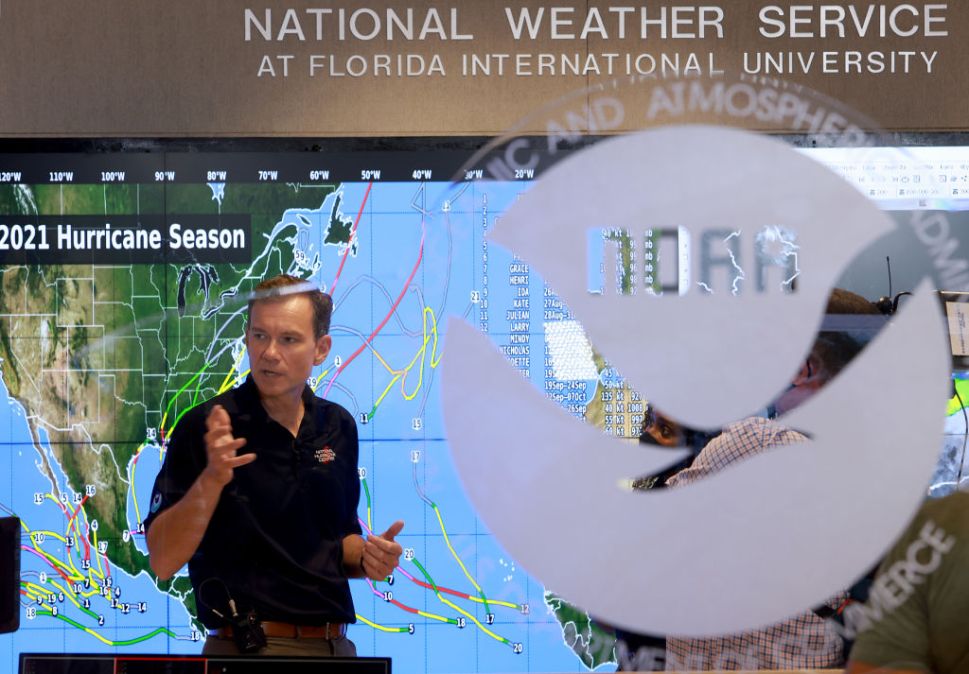NOAA looks to improve satellite data availability, manage services with industry

The National Oceanic and Atmospheric Administration seeks information on commercial space-based data relay capabilities that can improve satellite data availability and resilience.
NOAA’s National Environmental Satellite, Data and Information Service (NESDIS) needs a more agile, scalable information system to process data, and its Commercial Services Integrated Product Team identified space-based data relays (SBDRs) as an emerging technology that might fill that need.
The service manages the data gathered by the National Weather Service. Much like NASA, NESDIS plans to transition away from government-owned and -operated satellite services to those managed in partnership with industry, so it needs cost-effective commercial technologies like SBDR that will improve space-ground communications and mission operations.
“NESDIS is formulating plans for transition to a common services-based enterprise ground architecture that is both supportive of NOAA’s next-generation satellite observing systems and responsive to new and evolving threats and opportunities,” reads NOAA’s request for information (RFI).
The service wants SBDR capabilities that are either deployable within five years into in-development satellite platforms or that can facilitate out-of-the-box communications to on-orbit satellites in the S/X/Ka-band. Those capabilities must be able to relay critical telemetry and commanding data, as well as higher-rate science mission-data, to and from NOAA satellites.
NOAA uses geostationary (GEO) orbit satellites for earth-facing persistent observations, low-earth orbit (LEO) satellites for earth-facing global observations and both for space weather observations.
RFI responses are due by 12 p.m. EST on Sept. 8, 2022, and respondents may request virtual one-on-one discussions in September or October.




